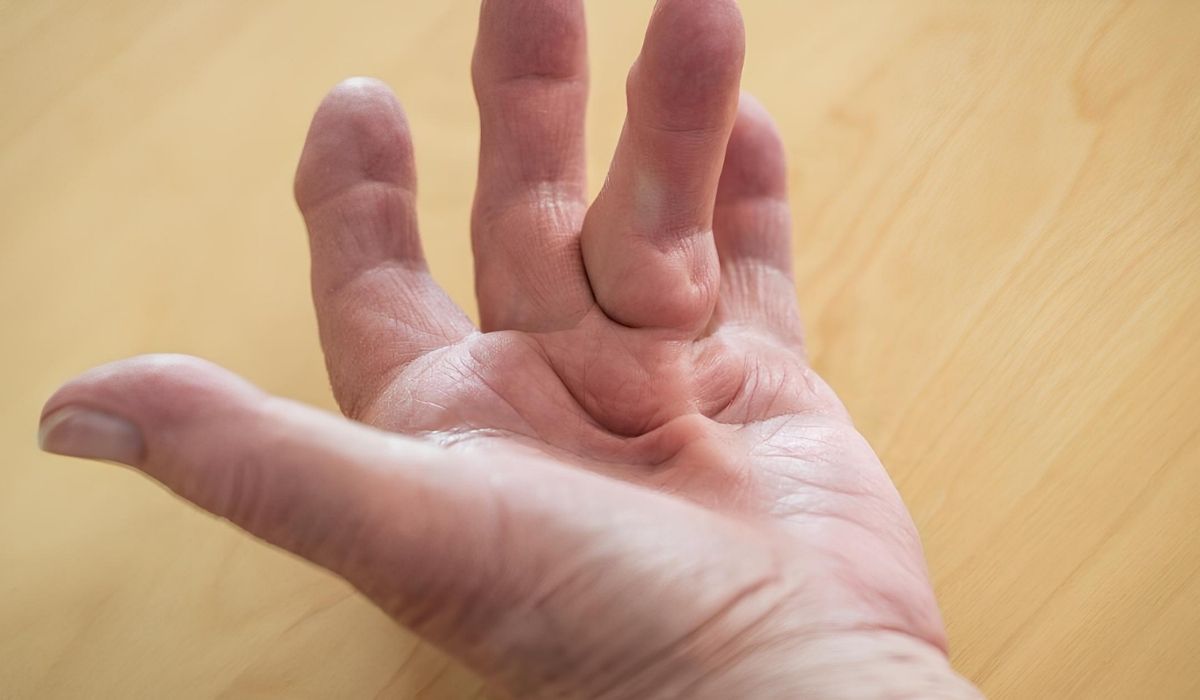
Contractures Hyperkeratosis Lethal (CHKL) is a rare genetic disorder that affects the skin and joints. What causes CHKL? Mutations in the POMP gene are the primary culprits. These mutations lead to abnormal protein buildup, causing thickened skin and joint contractures. How does it manifest? Infants with CHKL often show signs at birth, including tight, thick skin and limited joint movement. Is there a cure? Unfortunately, there is no cure yet, but treatments focus on managing symptoms and improving quality of life. Why is it important to know about CHKL? Awareness can lead to early diagnosis and better care for those affected. Want to learn more? Stick around as we dive into 25 intriguing facts about this condition.
Key Takeaways:
- Contractures Hyperkeratosis Lethal (CHL) is a rare genetic disorder that affects the skin, muscles, and joints. It can be lethal in infancy and is caused by mutations in the ABCA12 gene.
- Early recognition of symptoms and genetic testing are crucial for diagnosing CHL. While there is no cure, treatments such as moisturizers and physical therapy can help manage the condition.
What is Contractures Hyperkeratosis Lethal?
Contractures Hyperkeratosis Lethal (CHL) is a rare genetic disorder. It affects the skin, muscles, and joints. Understanding this condition can help in managing its symptoms better.
- CHL is a genetic disorder. It is inherited in an autosomal recessive pattern.
- The condition is characterized by thickened skin. This is known as hyperkeratosis.
- Contractures refer to the permanent tightening of muscles, tendons, and skin.
- CHL is often lethal in infancy. Many affected infants do not survive past the first year.
- The disorder is caused by mutations in the ABCA12 gene. This gene is crucial for skin development.
Symptoms of Contractures Hyperkeratosis Lethal
Recognizing the symptoms early can aid in diagnosis. Here are some common symptoms associated with CHL.
- Infants with CHL often have thick, scaly skin at birth. This is a hallmark of hyperkeratosis.
- Joint contractures are common. These can limit movement and cause discomfort.
- Affected infants may have difficulty breathing. This is due to the tightness of the skin around the chest.
- Feeding difficulties are also common. Thickened skin around the mouth can make sucking and swallowing hard.
- Many infants with CHL have a low birth weight. This is often due to poor prenatal growth.
Diagnosis and Genetic Testing
Diagnosing CHL involves several steps. Genetic testing plays a crucial role in confirming the condition.
- A physical examination can reveal characteristic signs. Thickened skin and joint contractures are key indicators.
- Genetic testing can confirm the diagnosis. It identifies mutations in the ABCA12 gene.
- Prenatal testing is possible. This can detect the disorder before birth.
- Skin biopsies may be performed. These can show abnormalities in skin cells.
- Family history is important. Knowing if relatives have the condition can aid in diagnosis.
Treatment and Management
While there is no cure for CHL, treatments can help manage symptoms. Here are some common approaches.
- Moisturizers can help soften thickened skin. This can reduce discomfort.
- Physical therapy is often necessary. It can help manage joint contractures.
- Respiratory support may be needed. This can assist infants with breathing difficulties.
- Nutritional support is crucial. Special feeding techniques can help infants with feeding difficulties.
- Genetic counseling is recommended. It can help families understand the risks and implications.
Research and Future Directions
Research is ongoing to better understand CHL. Scientists are exploring new treatments and therapies.
- Gene therapy is a potential future treatment. It aims to correct the genetic mutations causing CHL.
- Stem cell research is another area of interest. It could lead to new ways to repair damaged skin.
- Clinical trials are being conducted. These test new treatments and therapies for CHL.
- Researchers are studying the ABCA12 gene. Understanding its function can lead to better treatments.
- Patient registries are being created. These collect data to help researchers study the condition.
Final Thoughts on Contractures Hyperkeratosis Lethal
Contractures Hyperkeratosis Lethal (CHKL) is a rare genetic disorder that affects the skin and joints. Understanding its symptoms and causes can help in early diagnosis and management. CHKL is characterized by thickened skin, joint contractures, and other severe complications. Genetic mutations play a significant role in its development, making genetic counseling crucial for affected families.
Early intervention and supportive care can improve the quality of life for those with CHKL. While there is no cure, treatments focus on managing symptoms and preventing complications. Awareness and research are essential to provide better support and care for individuals with this condition.
By staying informed and advocating for more research, we can hope for better treatments and possibly a cure in the future. Knowledge is power, and understanding CHKL is the first step toward making a difference.
Frequently Asked Questions
Was this page helpful?
Our commitment to delivering trustworthy and engaging content is at the heart of what we do. Each fact on our site is contributed by real users like you, bringing a wealth of diverse insights and information. To ensure the highest standards of accuracy and reliability, our dedicated editors meticulously review each submission. This process guarantees that the facts we share are not only fascinating but also credible. Trust in our commitment to quality and authenticity as you explore and learn with us.
